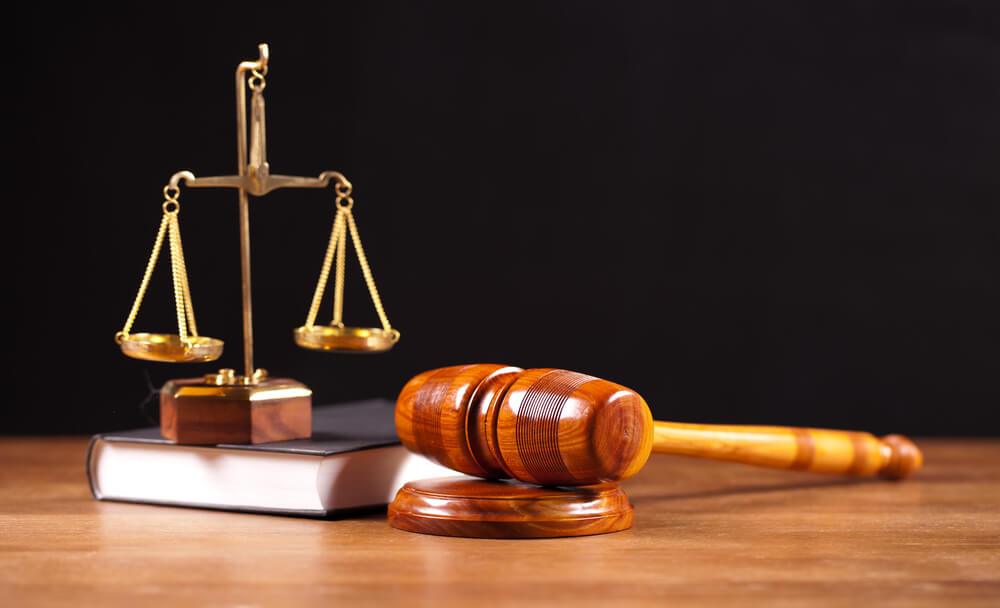The Fire Safety Order
SUMMARY
This law came into force on the 1st October 2005. The Fire Safety Order applies to England and Wales and combines over 70 pieces of fire safety legislation, repealing the Fire Precautions Act 1971 and the Fire Precautions (Workplace) Regulations 1997 (amended 1999).
The overall objective of the order is to reduce death, injury and damage caused by fire, by placing the responsibility for fire safety on the employer or ‘responsible person’ for that building or premises.
Fire Safety legislation states that the ‘responsible person’ for each premise will be required to carry out a fire risk assessment and take steps to reduce or remove the risk.
The ‘Responsible Person’ is the person/s who owns or controls the business. This is also the owner of the property. If the two are different they must share responsibility and are obliged to co-operate.
FIRE RISK ASSESSMENT
This ‘Responsible Person’ has the responsibility for undertaking a fire risk assessment to ensure that precautions are implemented to ensure the safety of the Employees and other Relevant Persons (visitors and contractors at your premises).
In addition:
- The assessment should also consider those at special risk, such as disabled persons
- Businesses employing five or more people must record the significant findings of the assessment
- Each assessment needs be reviewed regularly and when any significant changes to the building or work activity occur
- The Responsible Person must consult employees on Fire Safety matters and provide them with information.
- The Responsible Person must appoint one or more Competent Person(s)* to assist in the delivery of the assessment
* A Competent Person(s) could be an employee or an outside contractor. Competence is demonstrated through sufficient training, experience and knowledge.
POLICY AND PROCEDURES
As a result of the assessment, there must be a policy in place which aims to minimise the risk of fire, reduce the spread of any fire, provide means of escape, and take preventative action.
Procedures for dealing with a fire must be set up and recorded. They must identify circumstances that initiate the emergency procedure and give details of the evacuation and fire drill.
Procedures are needed to ensure that Evacuation routes are kept clear and marked with appropriate signs, fire extinguishers are provided and maintained, that employees are given appropriate instruction or training, and that visitors are controlled and informed.
Records should be kept of the Fire Risk Assessment, Fire Safety Policy, Procedures, Training, Drills, and Installation and Maintenance of Alarms, Emergency Lighting and Extinguishers.
Measures must be taken to reduce the risk of spread of fire. Fire resisting walls and doors must be kept in good order and the doors equipped with self-closing devices
INSPECTIONS
Inspections may be unannounced and an inspector may enter premises to inspect the premises, ask about the identity of the Responsible Person, and inspect or copy Fire Safety Records.
ENFORCEMENT
Failure to comply with the Fire Safety Order may result in legal action resulting in a fine or up to two years imprisonment. The Enforcing Authority will be ordinarily be a Fire Inspector from the local Fire Brigade. In special cases the HSE or Local Authority may be involved.

